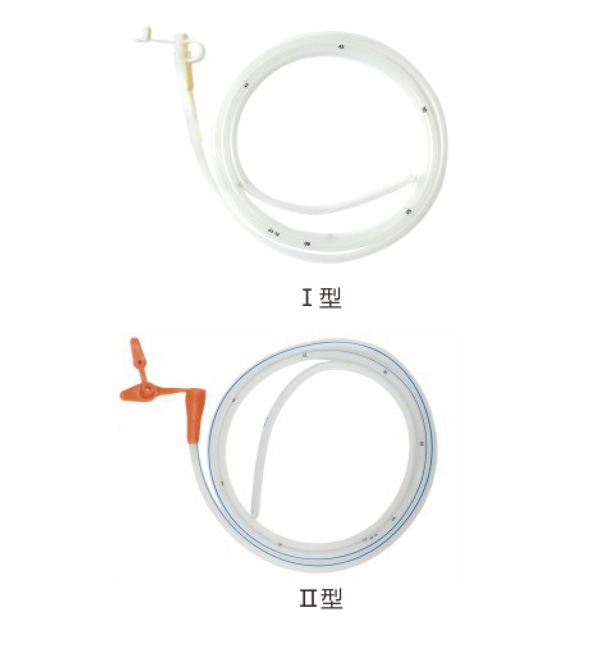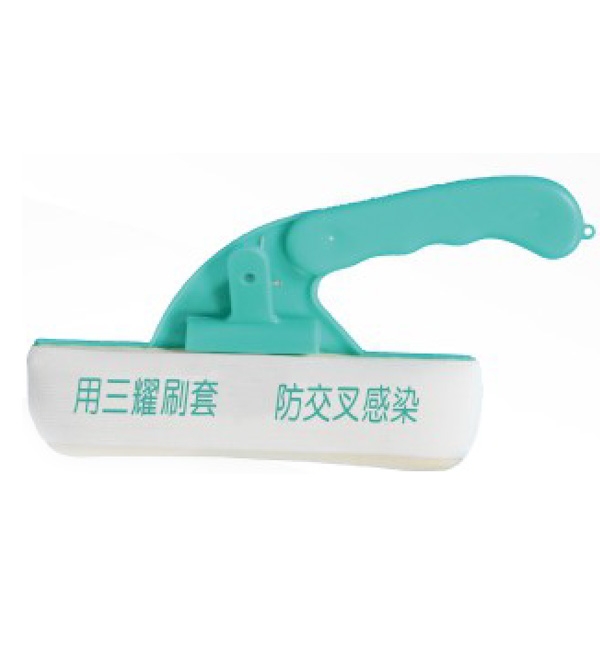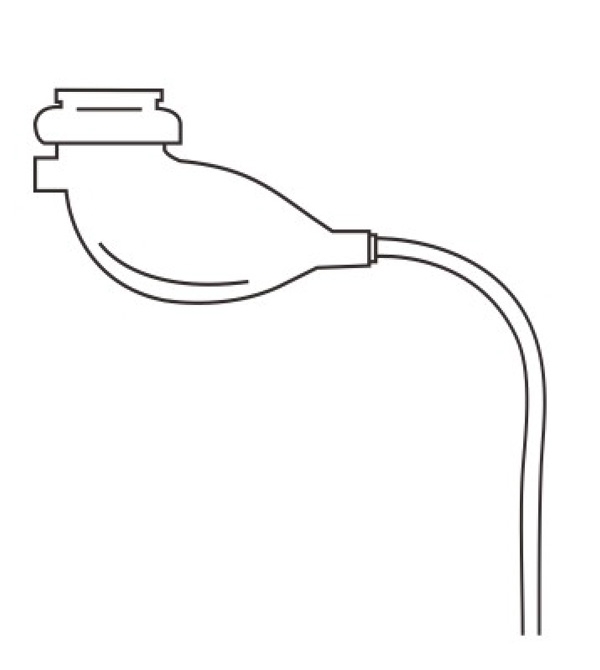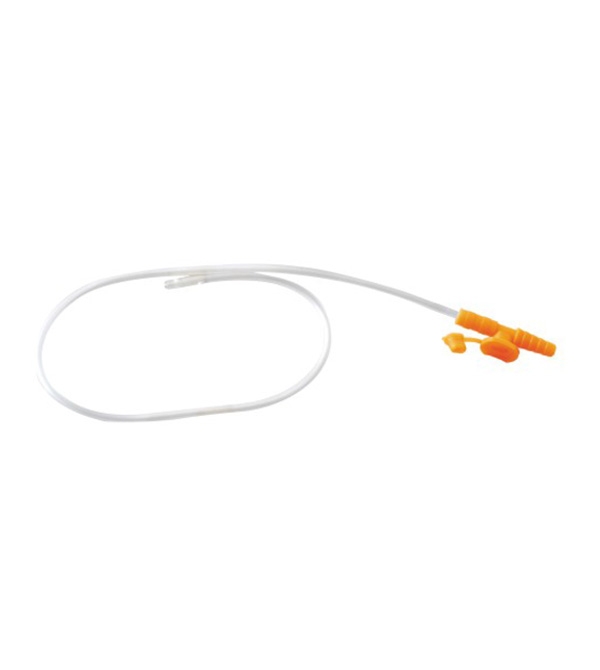On medical gloves, we must not be rare, now the hospital can be seen everywhere with medical gloves medical staff. These medical gloves are severely sterilized, so cross infection is effectively avoided. However, the traditional medical gloves need to stop the infiltration disinfection with disinfectant, and it can not guarantee that the disinfection is completely sterile in advance. Therefore, the hospital cross infection caused by medical gloves still exists. It is estimated that in the European Union alone, there are 37000 deaths caused by cross contamination in hospitals, resulting in a loss of 7 billion euros to the health care system. To solve this problem, the University of Nottingham has developed the world's non invasive medical gloves. The gloves contain bactericidal substances that kill active microorganisms, so there is no need to use an additional antimicrobial solution to stop the sterilization. It took the team six years and millions of dollars to develop the glove, but it did as expected, killing 99.9% of the bacteria in five minutes. The researchers said they would reduce the cost of making the gloves and make them widely available on the market. The company has launched antibacterial gloves for the food efficacy industry. These gloves can kill MRSA, Escherichia coli, Salmonella, Listeria, Pseudomonas, Candida, Corynebacterium, Klebsiella and other bacteria. Recommended application sites of medical gloves: sterilized gloves, all surgical operations; natural delivery; radioactive intervention operation; vascular access operation (central venous catheterization); total parenteral nutrition preparation and chemotherapy drug configuration and other reflective gloves (can contact the patient's blood, body fluid, secretions, excreta and clear contaminated by body fluids) 1) Direct contact: contact with blood; contact with mucous membrane or damaged skin; presence of highly infectious and high-risk microorganisms; outbreak of epidemic or emergency; intravenous injection, intravenous infusion (needle withdrawal); blood drawing; removal of central venous catheter; pelvic and vaginal introspection; non closed sputum suction 2) Indirect contact: dumping vomit; disposal / cleaning of equipment; disposal of medical waste; clearance of spilled body fluids


















